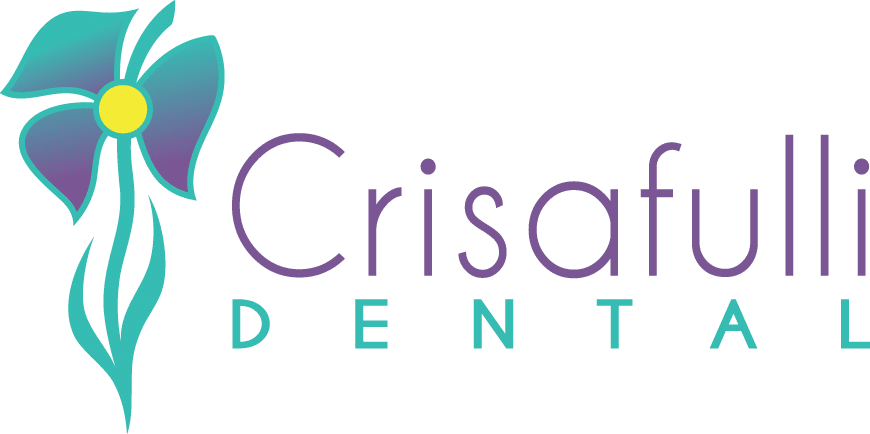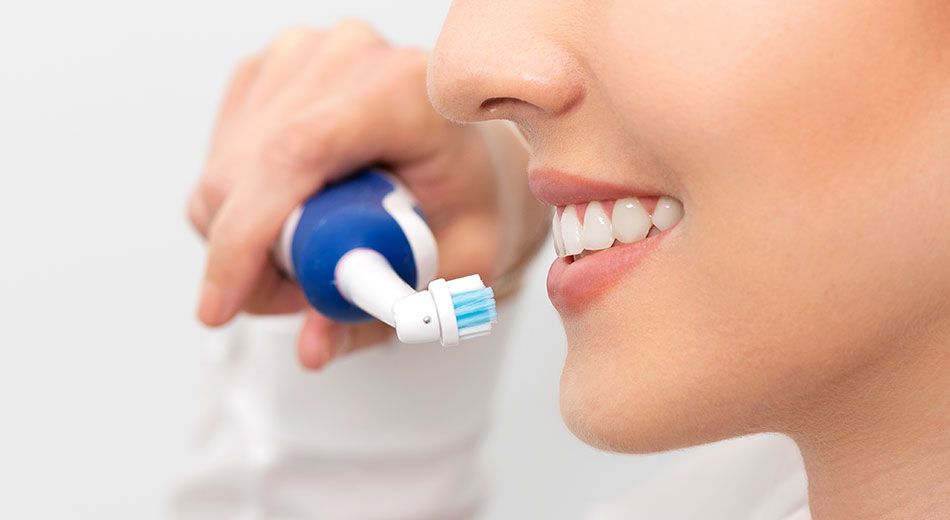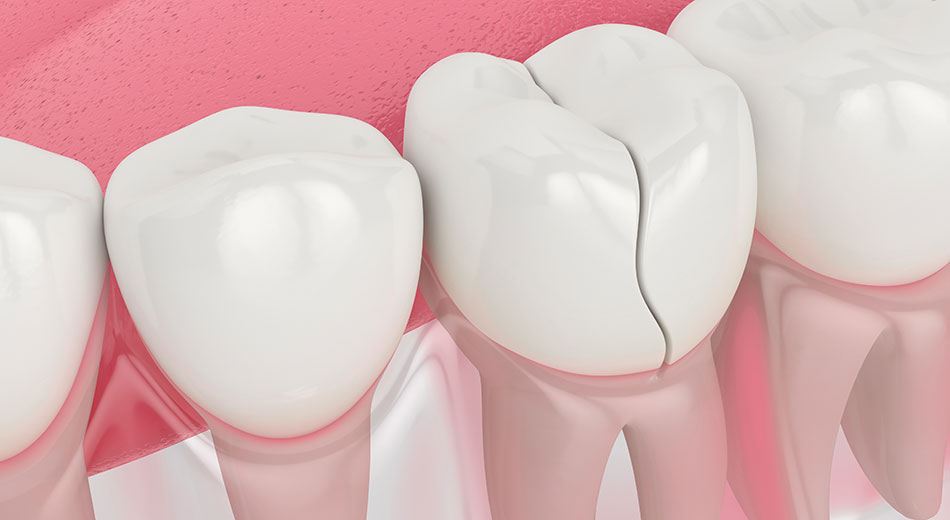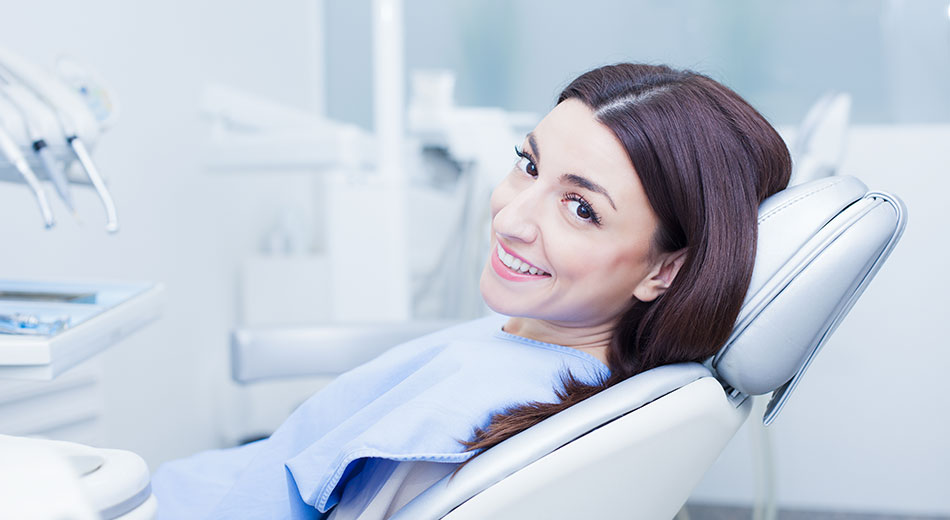Electric toothbrushes have transformed the approach to oral health maintenance. The benefits of electric toothbrushes, such as their efficiency and effectiveness in enhancing oral health, are examined.
Additionally, the constraints and potential hazards associated with manual brushing are deliberated, emphasizing the essential characteristics to consider when selecting an electric toothbrush. Guidance on the correct usage of an electric toothbrush for optimal outcomes is provided.
Furthermore, an upcoming comparison between electric and manual toothbrushes in terms of cost, convenience, and overall performance will be presented.
What are Electric Toothbrushes?
Electric toothbrushes represent innovative oral care devices that operate using power, typically sourced from a battery or rechargeable outlet, to generate vibrations, rotations, or sonic movements that offer a more efficient cleaning experience compared to manual brushing. Dentists widely recommend these sophisticated instruments for their effectiveness in eliminating plaque, bacteria, and germs from both the teeth and gumline, ultimately fostering improved oral health.
The progression of technology in electric toothbrushes has significantly transformed oral hygiene practices by incorporating functionalities such as timers, pressure sensors, and diverse cleaning modes tailored to specific dental requirements. These devices often emulate professional cleaning methods, such as oscillating-rotating or sonic technology, delivering a comprehensive and gentle cleaning process.
Dental professionals extol the virtues of electric toothbrushes for their capacity to access challenging areas within the oral cavity, thereby diminishing the likelihood of cavities, gum disease, and other oral health complications. The convenience, efficacy, and customizable features offered by electric toothbrushes position them as a worthwhile investment for the maintenance of optimal dental health.
Advantages of Electric Toothbrushes
Electric toothbrushes present several advantages over conventional manual brushing techniques, particularly in regards to efficacy, enhanced oral health, and advanced dental technology. The pioneering cleaning mechanisms of electric toothbrushes surpass manual brushing in terms of plaque elimination, gum care, and overall cleansing effectiveness.
Efficiency and Effectiveness
The effectiveness and efficiency of electric toothbrushes can be attributed to their advanced cleaning technologies, including sonic vibrations and rotating bristles. These features play a crucial role in ensuring comprehensive plaque removal, reaching areas that may be overlooked during manual brushing. Consequently, electric toothbrushes are frequently recommended by dental professionals for achieving superior oral hygiene.
Of particular significance is the sonic technology employed in electric toothbrushes. The rapid vibrations generated by the bristles create a dynamic cleaning action that effectively dislodges plaque and debris from the teeth and along the gumline. This thorough cleaning ability serves to prevent tartar accumulation, thereby reducing the likelihood of gum disease and cavities. Additionally, the inclusion of built-in timers and pressure sensors in numerous models of electric toothbrushes helps users maintain proper brushing technique and duration, thereby further enhancing their oral care regimen.
Improved Oral Health
Electric toothbrushes are pivotal in enhancing oral health by effectively combating bacteria, eliminating plaque buildup, and providing superior gum care. These devices play a significant role in promoting healthy gums and preventing decay and tartar accumulation, both of which are essential components of long-term oral hygiene practices.
The cutting-edge technology integrated into electric toothbrushes allows for more effective removal of plaque and bacteria from the teeth and gums compared to manual toothbrushes. The rotating and oscillating bristles of electric toothbrushes are adept at cleaning hard-to-reach areas, thereby reducing the likelihood of gum disease and other oral health complications. Certain models of electric toothbrushes are equipped with pressure sensors designed to prevent over-brushing, a common cause of gum recession. By enhancing gum health and minimizing plaque buildup, electric toothbrushes play a crucial role in averting common dental issues and promoting a healthier oral environment.
Disadvantages of Manual Brushing
Manual toothbrushing presents inherent drawbacks in comparison to electric toothbrushes, such as:
- Limitations in cleaning efficacy
- The potential for improper brushing technique
- The professional recommendation from dentists to select electric alternatives for superior oral hygiene
Limitations and Potential Risks
Manual tooth brushing is associated with certain limitations, particularly in effectively reaching specific areas such as along the gumline. Concerns often arise regarding the potential risks of improper brushing technique, which can result in inadequate cleaning and a decreased ability to control brushing pressure.
The repercussions of improper brushing technique can include the oversight of plaque and food particles, consequently heightening the risk of cavities and gum disease. Moreover, the lack of control over brushing pressure may lead to enamel erosion and damage to the gums. Addressing these concerns is paramount for upholding optimal oral hygiene standards and mitigating the development of oral health issues in the long term.
Regular dental check-ups and cleanings are recommended to pinpoint areas that may necessitate additional attention due to the limitations associated with manual brushing.
Key Features to Look for in an Electric Toothbrush
When selecting an electric toothbrush, it is crucial to take into account important features like brushing modes, integration of advanced technology, smart features to enhance user experience, and interchangeable brush heads for tailored oral care.
Brushing Modes and Additional Functions
Electric toothbrushes are equipped with a variety of brushing modes and additional features, including intelligent functionalities that are specifically designed to enhance user comfort and promote improved gum care. These modes are engineered to address a range of oral care needs, thereby affording users a personalized brushing experience.
Depending on the specific model chosen, electric toothbrushes may offer modes such as sensitive, deep clean, whitening, and massage. The sensitive mode is particularly gentle on the gums, making it ideal for individuals with sensitivity concerns. Conversely, the deep clean mode delivers a comprehensive cleaning action, catering to those who prefer a more intensive brushing experience. The whitening mode is designed to eliminate surface stains, resulting in a visibly brighter smile. Moreover, the massage mode serves to stimulate the gums, enhancing blood circulation and contributing to overall gum health. By incorporating these diverse modes, electric toothbrushes enable users to customize their brushing regimen to align with their unique oral care needs.
How to Use an Electric Toothbrush
To optimize the advantages offered by an electric toothbrush, it is imperative to employ correct techniques that guarantee optimal outcomes in terms of cleaning and gum care. Comprehensive knowledge of the appropriate brushing method is fundamental in fully utilizing the capabilities of this sophisticated oral hygiene tool.
Proper Techniques for Maximum Results
Optimal results from an electric toothbrush necessitate a mastery of proper brushing techniques emphasizing precision, effective gumline coverage, and thorough cleaning. Attention to detail and consistent adherence to technique are imperative for maximizing the advantages of this sophisticated oral care instrument.
To ensure precision, it is recommended to hold the electric toothbrush at a 45-degree angle towards the gumline, facilitating the gentle sweeping motion of the bristles along the teeth and gums. Employ small circular motions with the brush head, ensuring each tooth receives individual attention for a comprehensive cleaning process. Emphasizing the back molars and challenging-to-access areas is essential to prevent the accumulation of plaque.
Consistency plays a critical role in the maintenance of healthy gums, with a target of two minutes of brushing twice daily. By diligently following these prescribed steps, one can fully realize the benefits of utilizing an electric toothbrush for optimal oral hygiene.
Comparing Electric and Manual Toothbrushes
In the evaluation of electric and manual toothbrushes, considerations such as cost, convenience, and overall performance are pivotal in determining the optimal choice for individual dental hygiene requirements. Manual toothbrushes afford users control over their brushing technique, while electric toothbrushes are favored for their superior efficiency and advanced cleaning functionalities.
Cost, Convenience, and Overall Performance
When comparing electric and manual toothbrushes, factors such as cost, convenience, and effectiveness, as endorsed by dental professionals, play a crucial role in making a well-informed decision for optimal dental hygiene. While manual toothbrushes may be cost-effective, electric toothbrushes offer enhanced efficiency and ease of use, often recommended by dentists.
Electric toothbrushes are favored for their advanced functionalities, including built-in timers and pressure sensors, ensuring that users brush for the recommended duration and with the appropriate amount of pressure. This can lead to significant improvements in oral health outcomes.
Although manual toothbrushes may have a lower initial cost, the long-term advantages of investing in an electric toothbrush should not be underestimated. Dentists frequently advocate for electric toothbrushes for individuals seeking better plaque removal and a more thorough cleaning experience.
Ultimately, selecting the appropriate toothbrush depends on an individual’s specific dental requirements, financial considerations, and personal preferences.




